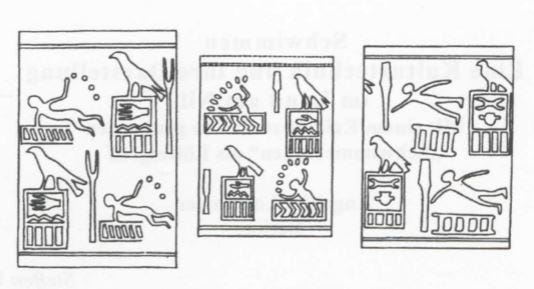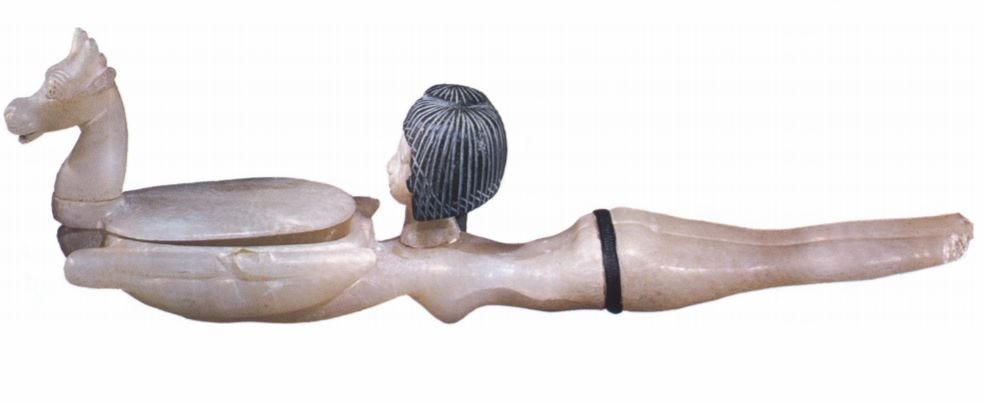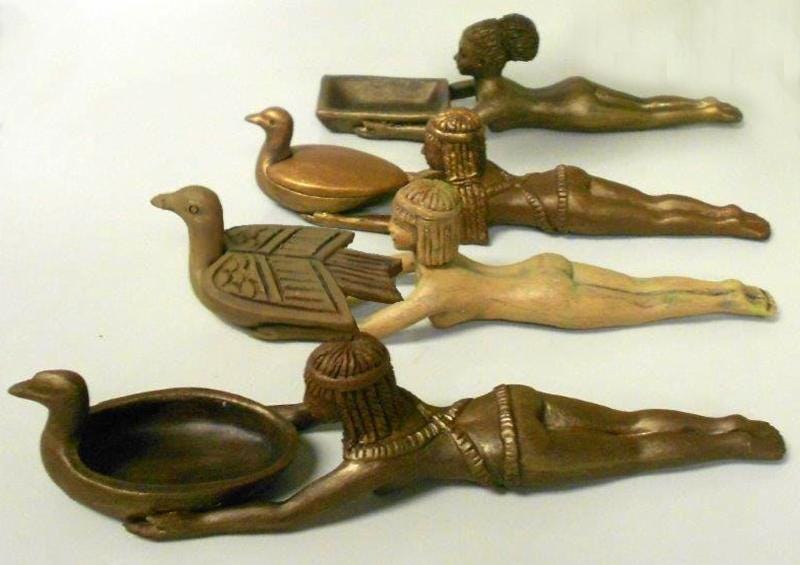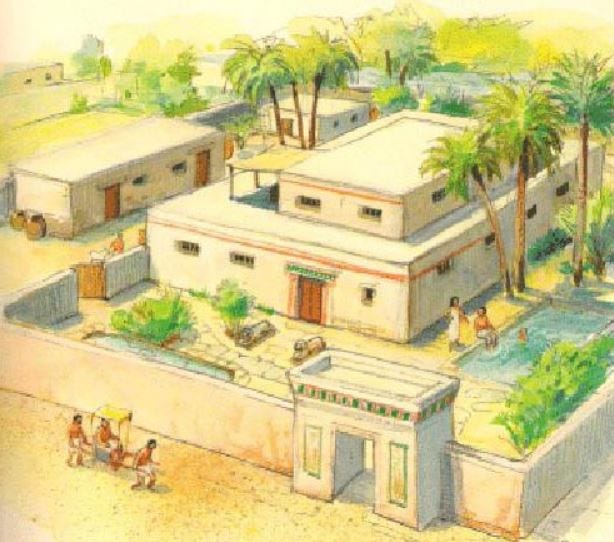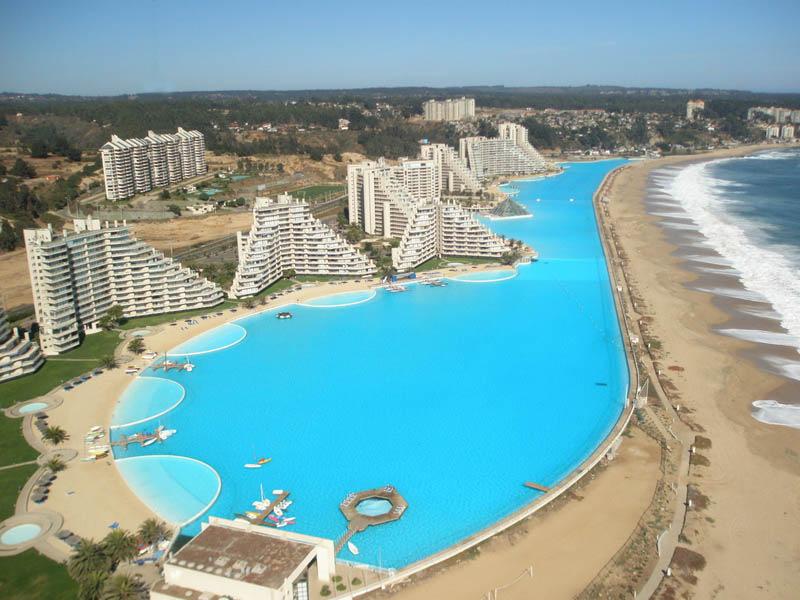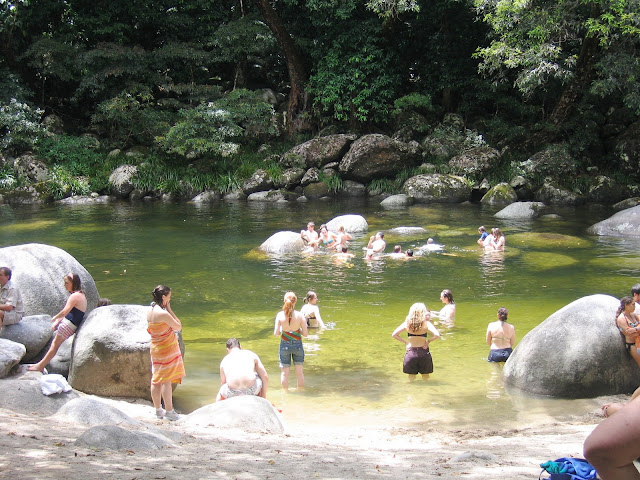
Last night on TV I saw a terrific program in the series
Face Painting With Bill Leak. Leak is best known as a cartoonist, but is also a portrait painter, and in this series he paints six people who are dead. He talks with friends and family of his subjects, and visits locations relevant to their story.
Last night's episode was on legendary Australian swimmer, Andrew "Boy" Charlton. You can download the entire episode
from here. The finished portrait is simply marvellous.
One thing I picked up in the show was that Boy Charlton used to spend his time fishing at Rosedale, on the NSW South Coast...one of my favourite haunts: see my
Rosedale and Beyond blog.
Charlton came from Manly in Sydney. His nickname "Boy" came from the fact that he was only 14 years old when he first came to prominence by beating visiting champion from Hawaii, Bill Harris (the 100m bronze medallist from the 1920 Paris Olumpics) - and it stayed with him. He was 15 when he took 19 seconds from the world record to win the NSW 880 yards freestyle title in January 1923, and 16 when he beat the mighty Frank Beaurepaire in a 440 match race. Beaurepaire, one of the nation’s heroes - a man who had swum in his first Olympics when Charlton was less than a year old - was then twice his age. (Source:
Australian Olympic Committee site)
There's a swimming pool in Sydney named after him - called the
ABC Pool for short. It was previously known as the Domain Baths and celebrated its 100th birthday this year (not in its current form!). I've shown it on this blog before. Less well known is the Manly Andrew Boy Charlton Swim Centre.
"CHARLTON, ANDREW MURRAY (1907-1975), swimmer, was born on 12 August 1907 at North Sydney, only son of Oswald Murray Charlton, bank manager, and his wife Ada Maud, née Moore.
Known as 'Boy', he was brought up at Manly where he revelled in the surf. Educated at Manly Public School, and at Sydney Grammar School in 1921-22, he entered Hawkesbury Agricultural College in January 1923.
On 13 January at the State championships Charlton swam 880 yards freestyle in 11 minutes 5.2 seconds, taking 19 seconds off the world record. In January next year at the State titles held at the Domain baths in Sydney he defeated the great Swedish swimmer Arne Borg over 440 yards freestyle, equalling Borg's world record of 5 minutes 11.8 seconds—the cheering was heard in Martin Place. Next Saturday before a wildly enthusiastic crowd he beat Borg in the 880 yards freestyle event by 15 yards, setting a world mark of 10 minutes 51.8 seconds.
These feats helped to revive public interest in competitive swimming and, dubbed the 'Manly Flying Fish', he became a popular sporting idol. His trainer was Tom Adrian.
At the 1924 Olympic Games in Paris Charlton won the 1500 metres title in 20 minutes 6.6 seconds, setting new Olympic and world records; he was only the third Australian to be awarded a gold medal in swimming. In the same race, 13 minutes 19.6 seconds was a world mark for 1000 metres. He was third in the 400 behind Johnny Weissmuller and Borg, and one of the 4 x 200 relay team which came second. Despite illness, he won other races in Europe, including every event he entered in the Tailteann Games in Ireland, before returning to a tumultuous welcome in Sydney.
In December he left Hawkesbury Agricultural College without graduating in the diploma course, and worked on Malcolm McKellar's station, Kurrumbede, at Gunnedah. On 8 January 1927 Charlton, now trained by Harry Hay, set a new world record of 10 minutes 32 seconds for 880 yards. He returned to Gunnedah and next year was seriously ill with rheumatic fever.
In 1932 he set new Australian records for 440 and 880 yards, but was unplaced in the 400 and 1500 metre events at the Los Angeles Olympic Games.
In 1934 Charlton moved to Canberra and entered a pharmacy business with a friend and former Manly swimmer John L. Davies; he became captain of Manuka Swimming Club. Representing Canberra at the New South Wales championships in Sydney in January 1935, he beat the French and Australian champions Jean Taris and Noel Ryan in the 880 yards in one of his greatest swims and last race. Next year he took up sheep-raising with J. Hyles on part of Woolowolar, near Tarago.
On 20 March 1937 at St Mark's Church, Darling Point, Sydney, he married Jessie Muriel Hyles. He then settled on a 12,000-acre (4856 ha) property, Kilrea, at Boro near Goulburn, and became a successful grazier. Extremely shy and modest, 'Boy' shunned publicity. He refused offers to turn professional saying: 'I would never be forgiven by the Australian public … I am not in the sport for what I can get out of it'. He never won an Australian title, but to Australians in the 1920s he was a popular idol and national hero.
Survived by his wife, son and daughter, Charlton died suddenly of a heart attack at his Avalon home on 10 December 1975, and was cremated. His estate was valued for probate at $131,850.
Charlton's stroke was a four-beat, trudgen crawl, called by some at the time the single trudgen crawl. There was very little leg movement: the wide scissor kick was made horizontally at the end of the left arm drive with the body turned well sideways, then followed two or three vertical kicks. His powerful arms and withering final sprint made him a champion, despite the fact that he rarely trained, preferring to surf instead.
In 1968 the new Sydney Domain baths were named after him and in 1972 he was honoured by the International Swimming Hall of Fame at Fort Lauderdale, Florida, United States of America."
 From the blurb on the back of the book: "A lot of books make you feel dirty. This one makes you wish you were clean." Guardian.
Well, that's one of the funniest puffs I've ever heard.
Look at that picture on the cover...it's the Gellért Baths in Budapest, and it's the real reason this book makes this Blog, which is titled "Swimming", not "Bathing". One of the great regrets of my (travelling) life is that I never went to the Gellért when I was in Budapest. I did pop my head in, and we did spend the day at the pool complex at St Margaret's Island, but passed up the Gellért. Been kicking myself ever since. Here's another blogger's homage to the Gellért complex: Heaven, dinner and a rooftop bar by Di Campbell.
From the blurb on the back of the book: "A lot of books make you feel dirty. This one makes you wish you were clean." Guardian.
Well, that's one of the funniest puffs I've ever heard.
Look at that picture on the cover...it's the Gellért Baths in Budapest, and it's the real reason this book makes this Blog, which is titled "Swimming", not "Bathing". One of the great regrets of my (travelling) life is that I never went to the Gellért when I was in Budapest. I did pop my head in, and we did spend the day at the pool complex at St Margaret's Island, but passed up the Gellért. Been kicking myself ever since. Here's another blogger's homage to the Gellért complex: Heaven, dinner and a rooftop bar by Di Campbell. 
























